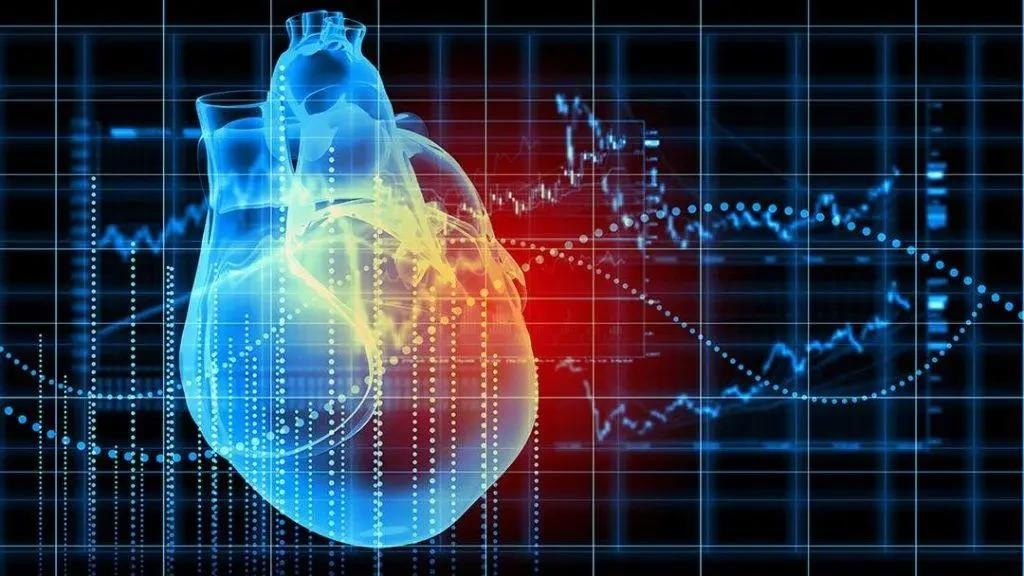In atherosclerotic cardiovascular disease, arteries narrowed or blocked by the accumulation of fatty plaques is the leading global cause of death, and is often driven by coronary artery disease.

Image Credit: MayoClinic
Artificial intelligence (AI) from patient electrocardiograms (ECGs) may be an innovative solution to enhance heart disease risk assessment. Research published in eClinicalMedicine reveals that ECG-AI can flag some risks years earlier than current risk calculator equations by pinpointing signs of coronary artery disease such as calcification and blockages, and also evidence of a prior heart attack.
The initial sign of coronary artery disease is sudden death or a major heart attack. Many people may not be aware of it. Clinician tools, like the pooled cohort equation, help to determine a patient's 10-year risk for heart attacks and strokes. The tools guide shared decisions about the period of therapies with limitations.
The heart's electrical activity can be measured by ECG, which is a widely available test. Using electrical signals from the trained AI, one can identify and detect hidden patterns of disease.
Mayo Clinic and Anumana developed ECG-AI to predict coronary artery disease using the retrospective analysis of electronic health data of over 7 million patients across the US. Three separate ECG-AI models are trained, one each to detect coronary artery calcium, coronary artery blockage, and segments of the heart's left ventricle not moving well—an indication of a prior heart attack.
Used together, the three independent ECG-AI models predicted which patients had a high risk of hidden coronary artery disease, and therefore a high risk of having a heart attack. This is important information to guide our conversations with patients at the point of care, especially since the AI was useful in calculating these risks for as short as three years.
Francisco Lopez-Jimenez MD, Study Senior Author and Cardiologist, Mayo Clinic
Francisco Lopez-Jimenez adds, “Used alone, the pooled cohort equation estimates the 10-year risk of developing cardiovascular disease. The addition of ECG-AI to see hidden risks sooner has the potential to save more lives. This model may also help identify people who do not know they have coronary disease who may benefit from lifesaving therapies”.
The research was funded by Anumana, a spinoff company of reference, and Mayo Clinic. Mayo Clinic has granted a license for this technology to Anumana. If this technology is commercialized, both the Mayo Clinic and the authors of the study may stand to benefit financially in the future.
Journal Reference:
Awasthi, S., et al. (2023). Identification and risk stratification of coronary disease by artificial intelligence-enabled ECG. eClinicalMedicine. doi.org/10.1016/j.eclinm.2023.102259.